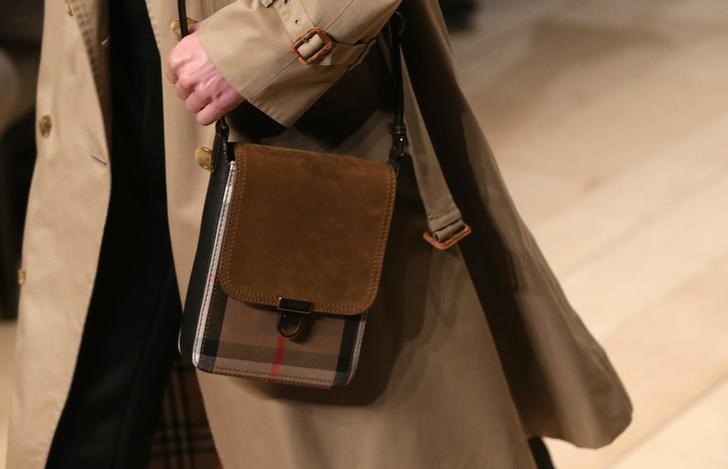By Geoffrey Smith
Investing.com -- Nothing expresses confidence quite like putting your prices up in the middle of a global pandemic, which explains why Burberry shares hit a five-month high on Wednesday despite posting a set of results where most of the numbers still had minus signs in front of them,
The British luxury fashion group, known for its distinctive checked patterns, said it will reduce the extent of markdowns it offers in response to seeing a strong rebound in sales in the last three months. That will create a revenue “headwind” in the short term but offers the prospect of fatter margins in the medium term.
By 5:30 AM ET (1030 GMT), Burberry (LON:BRBY) stock was up 3.3%, holding on to most of its early gains on a day when caution returned to European markets in general, against a backdrop of still-high Covid-19 infection rates and public health measures that contributed to a surprise drop in October industrial production in both the U.K. and the euro zone.
“We are encouraged by our overall recovery and the strong response to our brand and product, particularly among new and younger customers,” said chief executive Marco Gobbetti in a statement.
The last six words of that statement will be music to the ears of investors, given the constant risk of luxury brands becoming too closely associated with a particular age bracket.
The group appeared particularly pleased with the performance of its leather products, a relatively new focus for it. Sales there were up in year-on-year terms even though group sales were down 25% in the six months through September (the travel-dependent wholesale division faring worst).
Burberry’s success was particularly notable in the U.S., where comparable store sales were up by over 20% on the year in the three months through September, with full price channels outperforming. Even accounting for some pent-up demand from store reopenings in the summer, that looks impressive.
Whether that momentum can be sustained may be in doubt, with the rapidly-spreading coronavirus again posing a threat to non-essential stores. However, that threat is nowhere near as great in Asia, the other main source of its profits.
There, comparable store sales were up 10% on the year, with strong growth in mainland China and Korea more than offsetting lost sales in Hong Kong (due to protests) and Australia (due to the seasonal surge in Covid-19.
Mainland China “has enjoyed good double-digit sales growth in full price channels since May,” the company added.
The earnings are consistent with a broader pattern of luxury sales rebounding vigorously through the summer, but the company is still not sounding the all-clear: with the fresh wave of lockdowns expected to hit sales again in the key holiday season (10% of its stores are currently closed). However, a sharp rise in digital sales in the first half suggests that that channel is capable of compensating adequately.
Even so, the group said it won’t reconsider its dividend policy – currently suspended – until the end of its fiscal year in March. Burberry’s confidence is good. Its lack of over-confidence may be even better in the long run.
